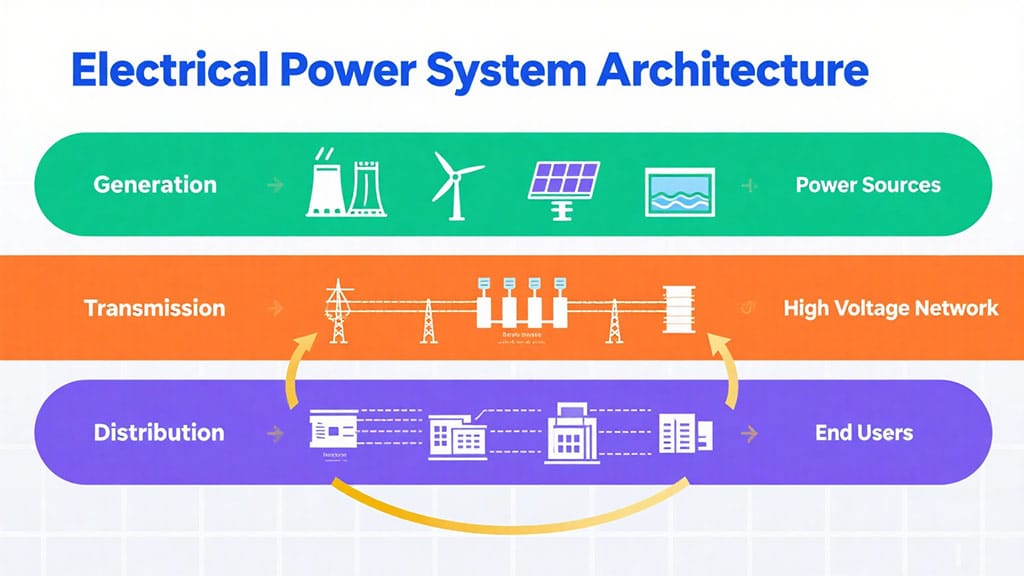What is an Electrical Power System?
In daily life, electricity is deeply integrated into every aspect of our lives. However, it is only when a power outage occurs that we truly realize its importance. Many people are only familiar with the “consumption” part of electricity, but have no idea how electricity travels thousands of miles to finally reach every household.
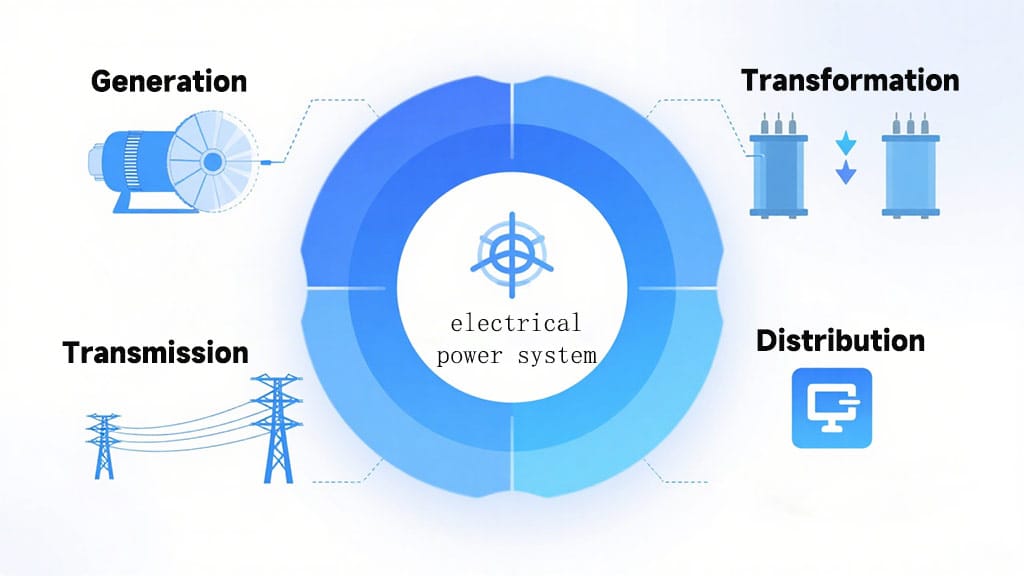
Today, we will fully break down the five core links of power systems—generation, transmission, transformation, distribution, and consumption—to help you understand how the power system works.
I. Power Generation: The “Source of Birth” of Electricity
Power generation is the initial stage of electricity production. Simply put, it is a process where power generation equipment converts energy sources such as hydropower, thermal energy from fossil fuels (coal, oil, natural gas), nuclear energy, as well as solar energy, wind energy, and geothermal energy into electricity. Ultimately, it meets the electricity needs of the national economy and residents’ daily lives.
1. Mainstream Power Generation Types
Currently, power generation equipment is mainly classified by energy source into the following categories:
Thermal Power Generation: It uses fossil fuels such as coal, oil, and natural gas as energy sources. Common forms include coal-fired steam turbine power generation and oil-fired steam turbine power generation. As the “main force” of the current power supply, thermal power still accounts for a large share of China’s power market. However, greater emphasis is now placed on technological upgrades to reduce its impact on the environment and non-renewable energy resources.
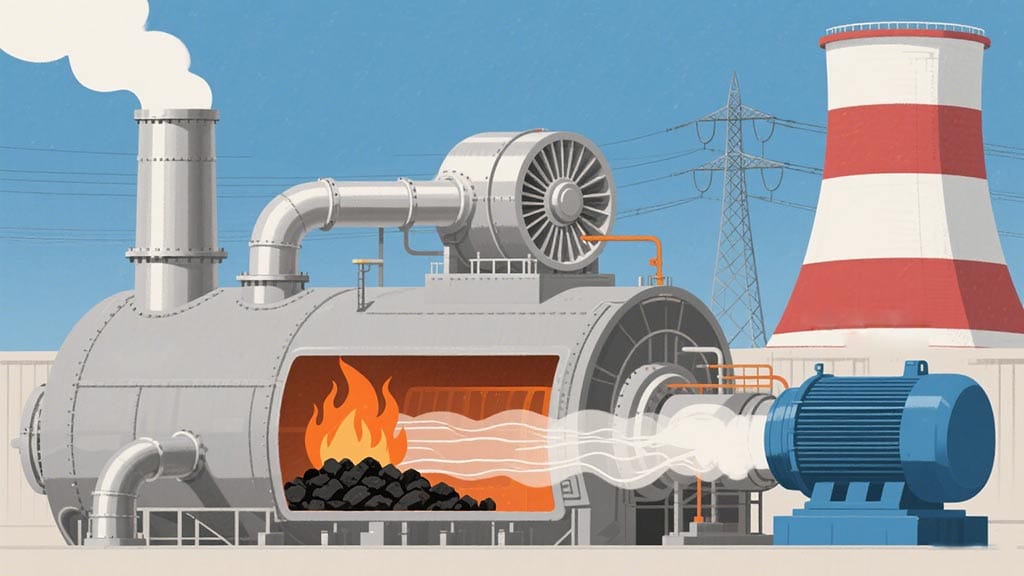
Hydropower Generation: It converts hydropower into electricity through comprehensive projects such as reservoirs, water diversion systems, and hydro-turbine generator sets. By 2007, China’s total installed hydropower capacity had reached 145 million kilowatts, and the utilization rate of hydropower resources increased from less than 10% before the reform and opening up to 25%. Hydropower not only contributes to national economic development but also drives the prosperity of China’s power equipment manufacturing industry.
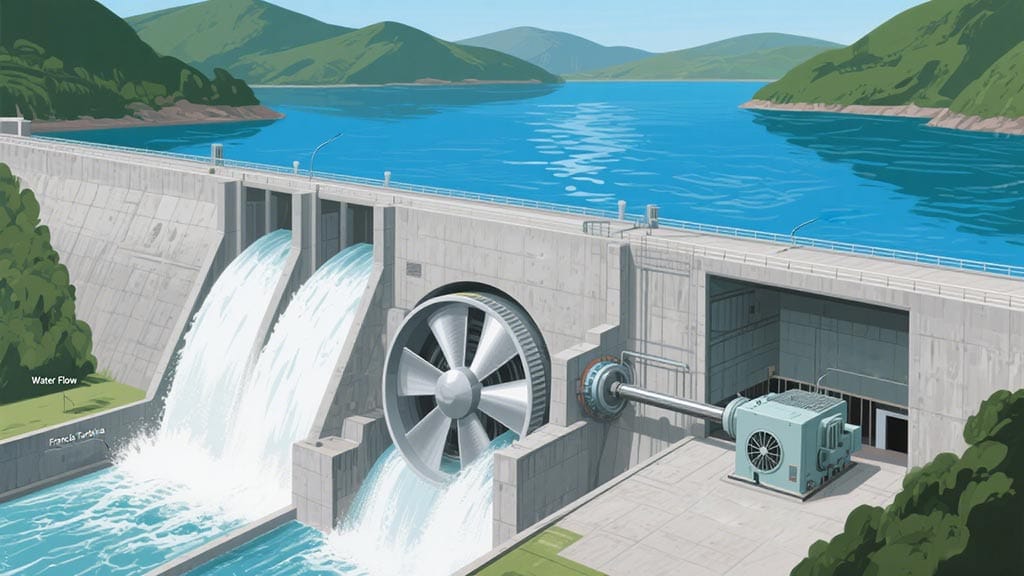
Wind Power Generation: Wind drives the blades of wind turbines to rotate, and then a gearbox increases the rotation speed to drive the generator for power generation. Power generation can start with a gentle wind speed of about 3 meters per second. As one of the most mature technologies in the new energy field with broad commercialization prospects, wind power is of great significance for ensuring energy security and adjusting the energy structure.
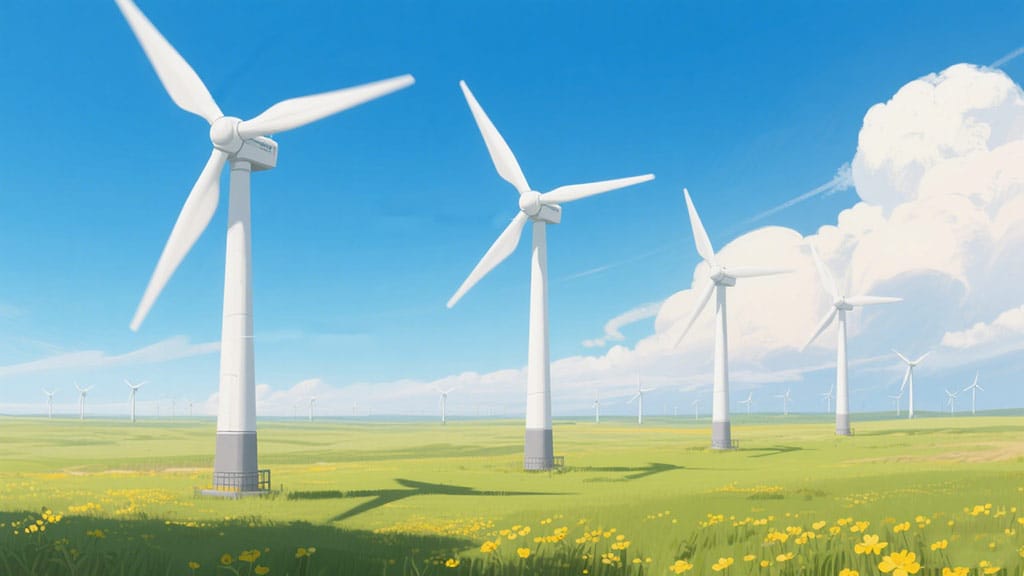
Nuclear Power Generation: It relies on energy from the nucleus for power generation. A nuclear power plant is divided into two parts: the “nuclear island” (reactor device and primary loop system, responsible for producing steam) and the “conventional island” (turbine generator system, responsible for generating electricity from steam). China’s nuclear industry has a history of more than 40 years, with a complete nuclear fuel cycle system established. It also has the ability to independently design, construct, and operate nuclear power plants.
2. Other New Types of Power Generation
In addition to the above types, there are also biomass power generation (converting bioelectricity), tidal power generation (using the potential energy of tidal rises and falls), and solar thermal power generation (converting solar light and heat into electricity), which enrich the forms of energy supply.
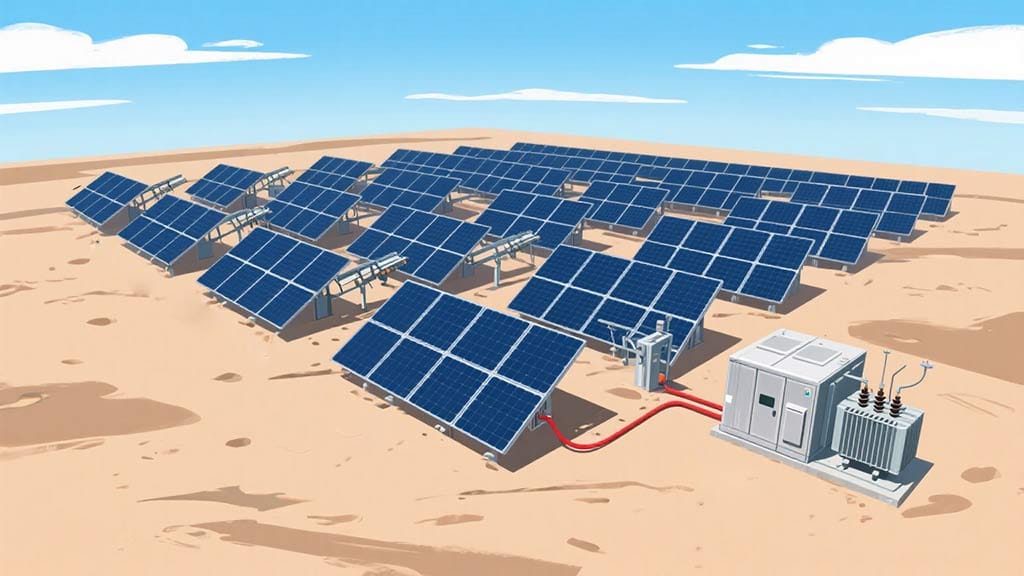
II. Power Transmission: The “Thousand-Mile Artery” of Electricity
Power transmission is the process of transporting electricity generated by power plants to remote load centers. Together with power transformation, distribution, and consumption, it forms the complete function of the power system. Compared with other energy transmissions methods, such as coal transportation and oil transportation, power transmission has the advantages of low loss, high efficiency, easy regulation, and low pollution. It can also connect power plants in different locations to achieve peak-valley regulation, breaking the geographical limitations of electricity utilization.
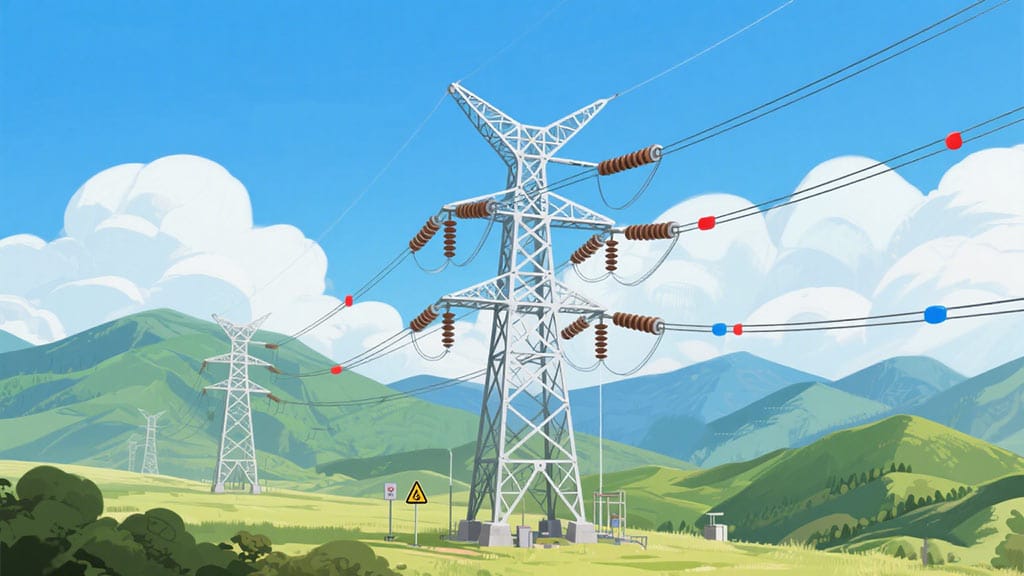
1. Composition of Transmission Lines
Transmission lines are mainly divided into 7 core units and 1 environment: The 7 units include towers, conductors and ground wires, insulators, hardware fittings, tower foundations, grounding devices, and auxiliary facilities; the 1 environment refers to the corridor environment. Overall, the composition is relatively simple and unified.
2. Types of Power Transmission
According to the nature of the transmitted current, power transmission is divided into alternating current (AC) transmission and direct current (DC) transmission:
DC transmission was first realized in the 1880s, but it was gradually replaced by AC transmission due to limitations in voltage boosting technology. Today, three-phase AC transmission (with a frequency of 50 Hz or 60 Hz) is widely used, which promoted the electrification of society in the 20th century.
Since the 1960s, DC transmission technology has been upgraded and now forms an AC-DC hybrid power system in conjunction with AC transmission, further optimizing transmission efficiency.
3. Voltage Levels of Power Transmission
Voltage level is a core indicator of transmission technology. The main transmission voltage levels in China need to match the power transmission capacity: the larger the capacity, the higher the voltage level. Using ultra-high voltage transmission can effectively reduce line losses (based on the formula P=U*I, when power remains unchanged, increasing voltage reduces current, thereby reducing heat loss), lower the unit cost of lines, save arable land, and make efficient use of line corridors.
III. Power Transformation: The “Voltage Regulator” of Electricity
Power transformation is the process in the power system where equipment raises voltage from a low level to a high level (step-up) or lowers it from a high level to a low level (step-down). Due to differences in the rated voltage of power plants (usually below 15-20 kV), transmission voltage (e.g., 765 kV, 500 kV, 220-110 kV), distribution voltage (e.g., 35-60 kV, 3-10 kV), and user electricity voltage (e.g., high-voltage equipment of 3-15 kV, low-voltage equipment of 110 V/220 V/380 V), power transformation is essential to connect power grids of different voltage levels into an integrated system.
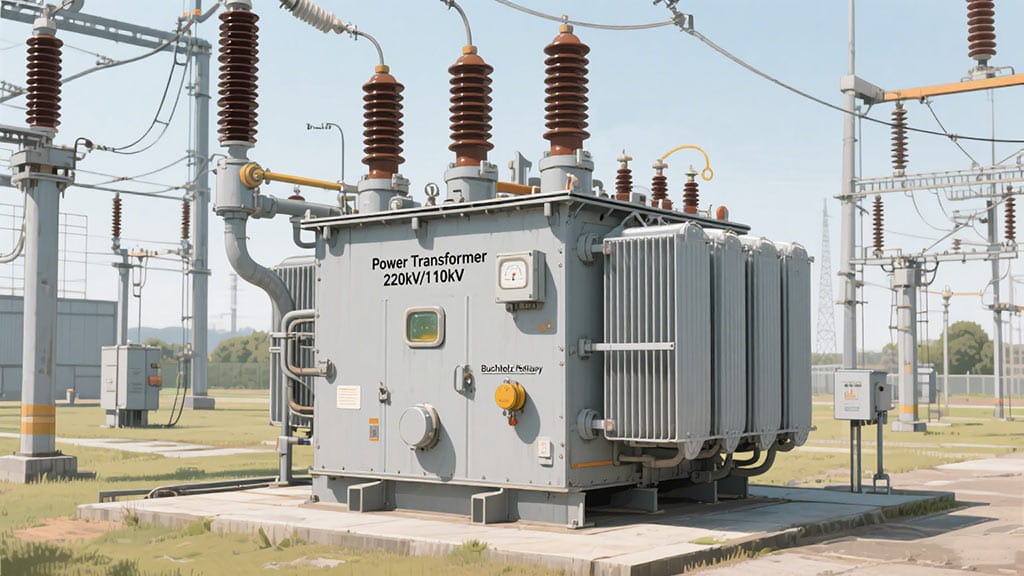
1. Classification of Power Transformation
Step-up Transformation: After power plants generate electricity, the voltage needs to be raised before transmission to reduce power loss and voltage drop in transmission lines.
Step-down Transformation: After electricity is transmitted to load centers, the voltage needs to be lowered to meet users’ safe electricity needs before distribution to individual users.
2. Core Component: Transformer
The transformer is a key device for power transformation, based on the principle of electromagnetic induction: When an AC voltage U1 is applied to the primary winding, the current I1 generates an alternating magnetic flux in the iron core, establishing an electromagnetic connection between the primary and secondary windings.
The alternating magnetic flux induces electromotive force in the windings, and the magnitude of the electromotive force is proportional to the number of winding turns and the maximum value of the magnetic flux— the side with more turns has a higher voltage, while the side with fewer turns has a lower voltage. When the secondary side is open (no-load), the secondary terminal voltage is proportional to the number of winding turns, thus realizing voltage transformation.
3. Power Transformation Site: Substation
A substation is a core site for converting, concentrating, and distributing electricity voltage and current. It serves as an intermediate link connecting power plants and users. At the same time, it is responsible for voltage regulation, power flow control (regulating the voltage, current, and power flow direction of grid nodes and branches), and protection of transmission and distribution lines and main electrical equipment to ensure power quality and equipment safety.
IV. Power Distribution: The “Final Distribution Network” of Electricity
Power distribution refers to the network responsible for electricity distribution in the power grid. It usually refers to the link where the low-voltage side of the secondary step-down transformer supplies power to users directly or after further voltage reduction. It is a key step directly connected to users for electricity distribution.
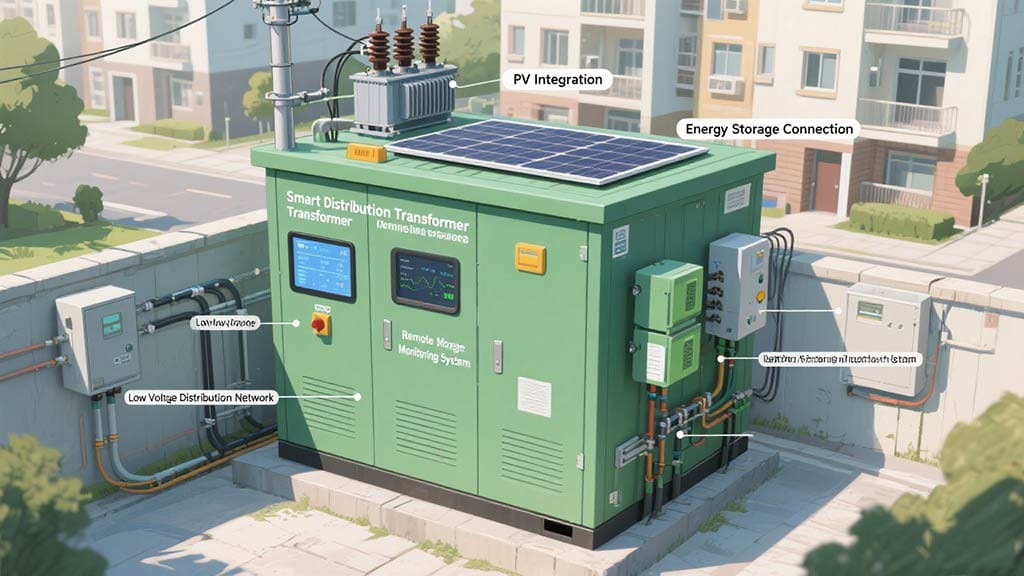
1. Composition of Distribution Networks
A distribution system consists of distribution substations (reducing transmission voltage to distribution voltage), high-voltage distribution lines (above 1 kV), distribution transformers, low-voltage distribution lines (below 1 kV), and corresponding control and protection equipment, forming a complete distribution chain.
2. Classification of Distribution Networks
By Voltage: High-voltage distribution (35 kV, 63 kV, also known as local power grid), medium-voltage distribution (10 kV), and low-voltage distribution (380/220 V).
By Supply Area: Urban distribution networks (with concentrated loads, serving residents’ work and daily lives), rural distribution networks (with large supply radii, serving agricultural production and rural daily life), and industrial distribution networks (with large loads, serving industrial production).
By Supply Mode:
AC Supply: Including three-phase three-wire system (for high-voltage distribution, motor lighting), three-phase four-wire system (for low-voltage mixed power and lighting distribution), three-phase two-wire grounded system (commonly used in rural areas), three-phase single-wire system (for electric railway traction), and single-phase two-wire system (for residential electricity use).
DC Supply: Including two-wire system (for urban trolleybuses, subway locomotives, etc.) and three-wire system (for self-use electricity in power plants/substations, electrolysis, and electroplating).
3. Core Indicators of Distribution Networks
Power Supply Reliability: The reliability of a continuous power supply for users.
Network Loss Rate: The percentage of electricity loss in the power grid relative to the total power supply, usually expressed as a percentage.
Voltage Fluctuation and Flicker: Voltage fluctuation refers to the rapid change of grid voltage or the periodic change of the voltage envelope. Voltage flicker refers to the subjective perception of light flickering by the human eye, and the fluctuating voltage that causes light flicker is called flicker voltage.
Voltage Qualification Rate: The percentage of time when the voltage at a point in the power system meets the standard within the statistical period.
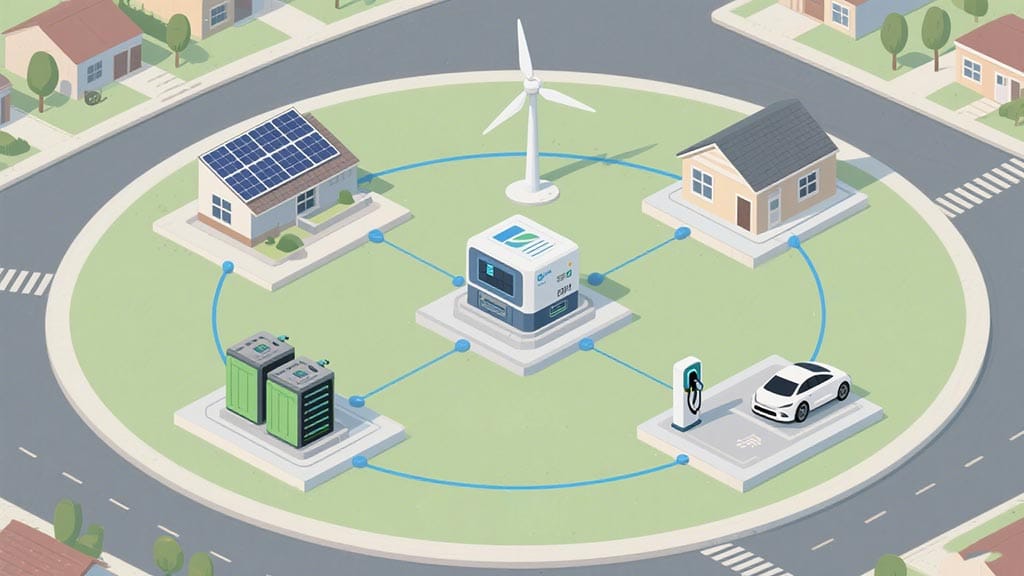
4. Role and Development of Distribution Networks
The core role of distribution networks is to receive electricity from the transmission grid, step down the voltage level to meet users’ needs, and supply power to various users through multi-level networks. Among them, distribution lines of 10 kV and below directly undertake the task of electricity transmission and distribution. Today, distribution networks are developing towards grid-connected high-voltage and medium-voltage networks, closed-loop operation, upgraded relay protection, superconducting AC networks, and widespread use of power flow controllers to improve power supply efficiency and stability.
V. Power Consumption: The “Final Consumption End” of Electricity
Power consumption is the process of consuming electricity through electrical appliances and the final node of the power chain— daily necessities such as fluorescent lamps, computers, and air conditioners, as well as industrial machinery and equipment, all fall into the category of power consumption.
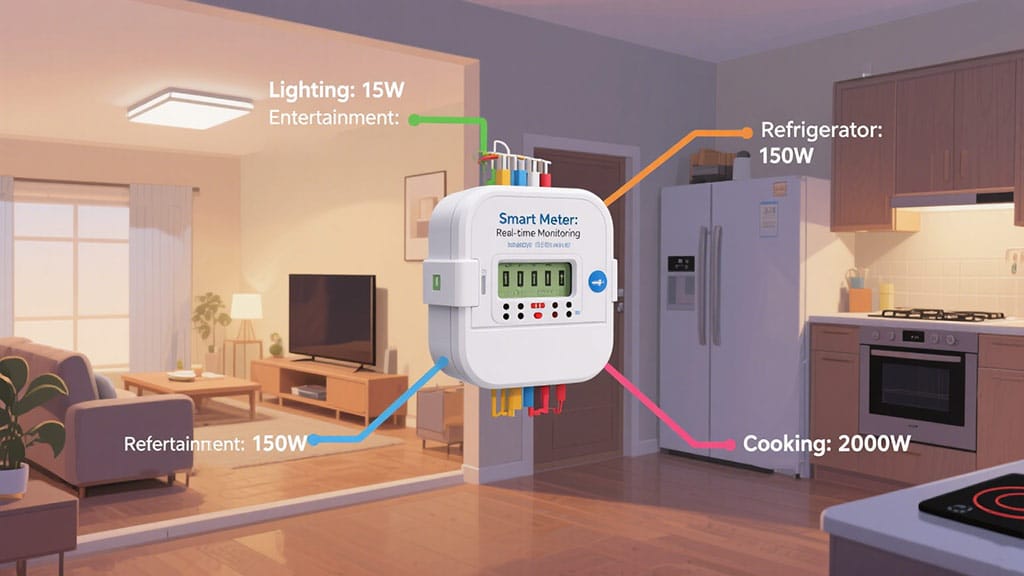
1. Classification of Power Consumption
By load type, power consumption is mainly divided into four categories:
Urban Electricity Consumption: Electricity used for household appliances by urban residents, showing a year-by-year growth trend and obvious seasonal fluctuations (e.g., a surge in air conditioning load in summer).
Rural Electricity Consumption: Covers electricity for rural residents’ daily lives and agricultural production.
Commercial Electricity Consumption: Electricity used for lighting, air conditioning, and power in commercial premises. It has a wide coverage and stable growth, and also exhibits seasonal fluctuations.
Industrial Electricity Consumption: Electricity used for industrial production, accounting for the highest proportion in the overall electricity consumption structure and serving as the core part of the electricity load.
2. The “Reverse Guiding Role” of Power Consumption
Although power consumption seems to be the final link, it can actually guide the construction of power generation, transmission, transformation, and distribution in reverse. By analyzing data such as changes in electricity load and regional electricity demand, we can optimize the layout of power plants, adjust transmission voltage levels, and improve distribution network coverage. Therefore, it can also be said that power consumption is the “invisible initial link” of the power “generation, transmission, transformation, and distribution” chain.
In summary, the power links of “generation, transmission, transformation, distribution, and consumption” are closely interconnected, and each link is indispensable. Understanding these five links not only helps us gain a clearer picture of the “journey” of electricity but also deepens our understanding of the significance of the power system to daily life and production.
